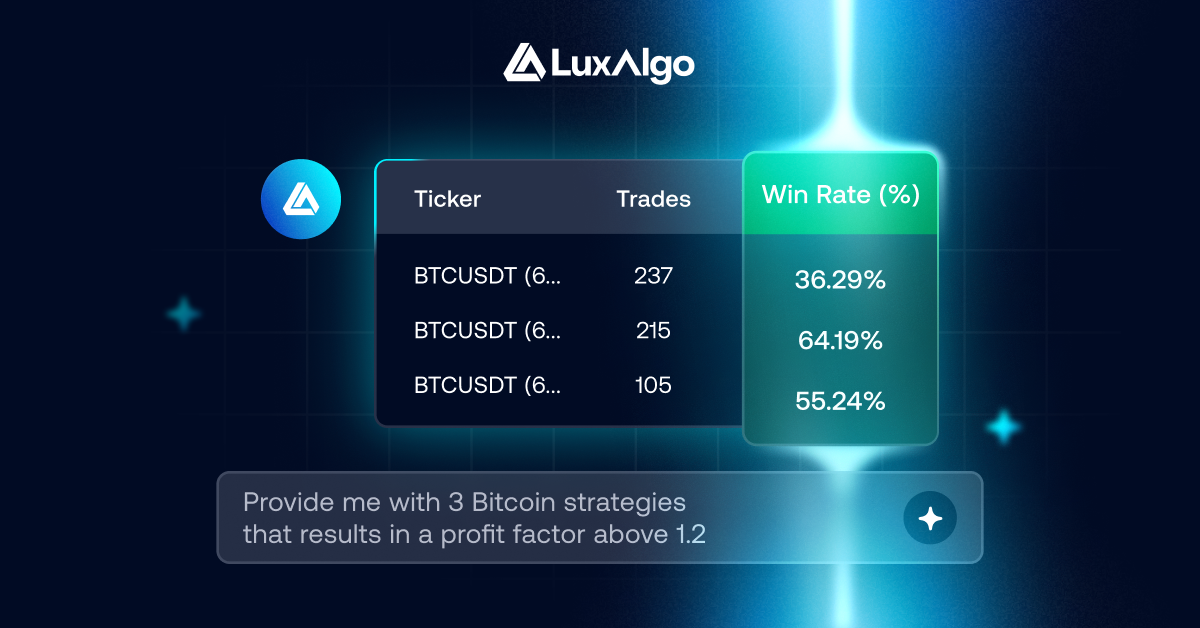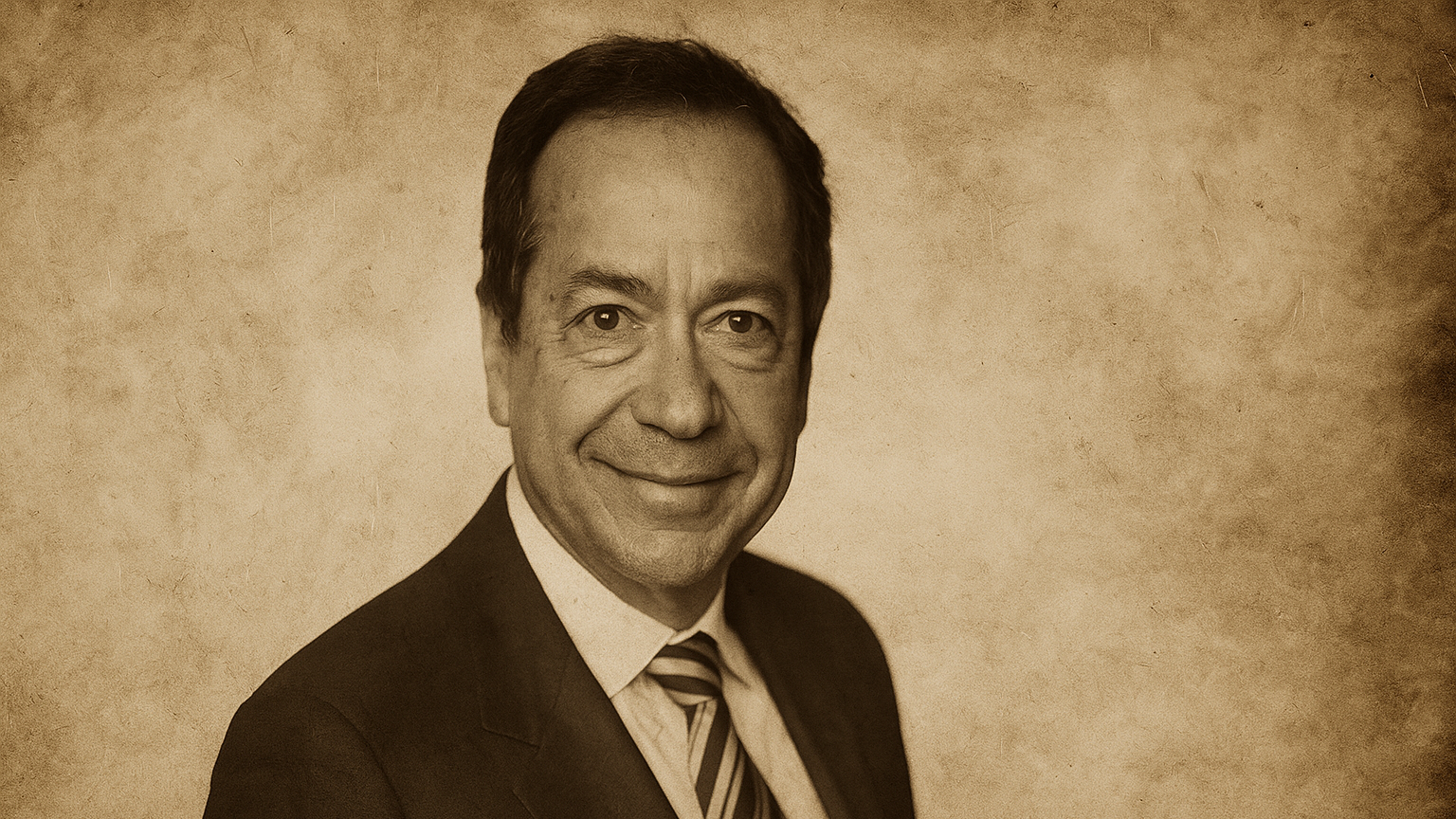Learn the essentials of long-term investing and how to build sustainable wealth through compounding, diversification, and disciplined strategies.
Long-term investing is about growing your wealth steadily over time by holding investments for 10+ years. This strategy uses the power of compounding, diversification, and consistent contributions to achieve major financial goals like retirement or education. Here’s a quick summary:
- Key Benefits: Compound interest grows your money over time; the S&P 500 has historically delivered around 10% average annual returns.
- Core Principles: Invest consistently (dollar-cost averaging), diversify, and reinvest dividends.
- Getting Started: Define your financial goals, assess your risk tolerance, and start with low-cost index funds or dividend-paying stocks.
- Advanced Tips: Use tax-advantaged accounts, rebalance your portfolio, and stay invested during market fluctuations.
Investing $100 monthly with a 10% long-term return assumption can meaningfully outpace a traditional savings account over a decade. Start today to build wealth for the future.
The Long-Term Investing Guide to Compounding Wealth
Getting Started with Long-Term Investing
Starting your journey toward long-term investing requires thoughtful planning and a clear understanding of your finances. These steps lay the groundwork for building wealth over time.
Define Your Money Goals
Set clear financial targets and establish timelines to achieve them.
"You can't know where you are going until you really know where you are right now. That means setting up a budget. You might be shocked at how much money is slipping through the cracks each month." – Lauren Zangardi Haynes, Spark Financial Advisors
A good starting point is saving 10–15% of each paycheck in tax-advantaged accounts like 401(k)s or IRAs. For example, if you're planning for retirement or paying off debt, break your goal into smaller, manageable steps. Want to pay off $10,000 in two years? Aim for $5,000 in the first year.
A 2022 survey found that 74% of Americans view homeownership as their ultimate financial goal. Whether you're saving for a home, retirement, or education, schedule regular check-ins—quarterly or annually—to measure your progress.
Know Your Risk Level
Once your goals are set, it’s time to figure out how much risk you’re comfortable taking. See FINRA’s guidance on risk tolerance for a quick overview.
"Risk tolerance is a measure of how much stock market up-and-down you're willing to put up with in exchange for potential longer-term growth." – Fidelity
Risk tolerance reflects both your ability to handle losses and your emotional response to market swings.
"You're going to get woken up very fast when the market goes down." – Charlie Horonzy, Founder of Focused Up Financial
To assess your risk level, consider these three factors:
| Risk Factor | Description | Action Items |
|---|---|---|
| Time Horizon | How long you plan to invest | Match investments to your timeline |
| Loss Capacity | How much loss you can absorb | Build an emergency fund for protection |
| Risk Attitude | How you handle market swings | Take a risk tolerance questionnaire |
Compound Interest Growth
Compound interest is a powerful force for long-term investing. It allows you to earn returns not only on your initial investment but also on the gains you’ve already made. Learn more about compound interest.
Here’s an example: Investing $10,000 at age 31 and letting it grow for 20 years can result in significantly more growth than investing the same amount later in life—even if the total dollars invested are similar—because time in the market drives compounding.
"Compound interest has been called the eighth wonder of the world" – often attributed to Albert Einstein (origin debated).
With a ~10% average annual return assumption for broad U.S. stocks, investing $100 monthly can grow to a materially larger balance than keeping cash in a savings account over 10 years. To make the most of compounding, reinvest your returns (e.g., via DRIPs), maintain a long-term mindset, and consult a tax advisor to optimize your gains.
Main Investment Methods
Managing Risk with Diversification
One way to reduce risk is by spreading investments across various asset types, industries, and regions. Experts suggest holding 15–20 stocks in different industries, though some recommend up to 30 for broader coverage. The key is to choose investments with minimal correlation. See an overview of the S&P 500 for context on broad-market exposure.
Here’s an example of a diversified portfolio:
| Asset Type | Purpose | Risk Level |
|---|---|---|
| Stocks | Growth potential | Higher risk |
| Bonds | Income and stability | Lower risk |
| Real Estate | Income and inflation protection | Moderate risk |
| International Assets | Geographic variety | Varies by region |
Sticking to a Regular Investment Schedule
Pairing diversification with a consistent investment schedule can boost long-term wealth. By investing regularly, you can take advantage of dollar-cost averaging, which helps smooth out market ups and downs. For example, with a 5% annual return, monthly investments can grow as follows:
| Monthly Investment | 10-Year Balance | 20-Year Balance | 40-Year Balance |
|---|---|---|---|
| $100 | $15,499 | $40,746 | $148,856 |
| $200 | $30,988 | $81,492 | $297,713 |
| $300 | $46,498 | $122,237 | $446,569 |
"Every dollar invested over time will start adding up, and you will see the magic of compounded growth over time." – Jennifer Kim, Managing Senior Partner at Signature Estate & Investment Advisors
Reinvesting Dividends and Profits
Reinvesting dividends and profits can significantly accelerate portfolio growth through compounding. Over 30 years, reinvesting dividends with a 5% yield could nearly double a portfolio's value. Consider setting up automatic DRIPs, review tax implications with a professional, and periodically revisit your strategy.
- Set up automatic Dividend Reinvestment Plans (DRIPs) for convenience.
- Be mindful of tax implications when reinvesting dividends.
- Periodically review your reinvestment strategy to ensure it aligns with your goals.
Best Investment Options
Low-Cost Index Funds
Index funds are a simple way to invest in the broader market without spending too much on fees. Take Vanguard's S&P 500 ETF (VOO) as an example—it has an expense ratio of just 0.03%, meaning you’d pay about $3 annually on a $10,000 investment. Over time, these lower fees can save you a lot compared to funds with higher charges. View the fund page on Vanguard.
Income-Generating Stocks
Stocks that pay dividends can offer a steady income while also growing in value over time. Companies labeled as Dividend Aristocrats stand out because they’ve consistently increased their payouts for 25+ years. When choosing these stocks, focus on their history of dividend growth, payout sustainability, and overall financial strength. To add variety and dependable income, you might also consider REITs.
REIT Investments
Real Estate Investment Trusts (REITs) give you a chance to invest in real estate while earning regular income. They’re required to distribute most of their taxable income to shareholders, making them a reliable source of cash flow. REITs cover various sectors like healthcare, residential, industrial, and data centers. Spreading your investments across these sectors can provide a mix of growth opportunities and income stability.
Expert Investment Tactics
Tax Planning
Smart tax strategies can significantly improve returns over time. For 2025, you can contribute up to $7,000 to IRAs (or $8,000 if you're 50 or older) and $23,500 to 401(k)s (up to $31,000 with catch-up contributions for 50+). See the IRS overview of 2025 contribution limits.
| Account Type | Best For | Tax Benefits |
|---|---|---|
| Traditional IRA/401(k) | High-yield bonds, REITs | Tax-deferred growth, immediate tax deduction |
| Roth IRA/401(k) | Growth stocks, aggressive investments | Tax-free qualified withdrawals |
| Taxable Accounts | Municipal bonds, tax-efficient ETFs | Step-up in basis for heirs |
"Volatile markets can be an opportunity. Tax-loss harvesting is very episodic; when it's there, we look to take advantage. We put those additional losses into what we consider to be a 'tax savings account.' Your losses may insulate your taxable gains for several years." – Christopher Fuse, Asset Allocation Portfolio Manager at Fidelity
You can also use losses to offset up to $3,000 of ordinary income annually.
Portfolio Balance Updates
Keeping your asset allocation in check helps manage risk and improve returns. Percentage-based rebalancing triggers are a useful tool, and research shows that wider rebalancing bands tend to perform better than narrower ones.
- Regularly monitor allocations but only act when there’s a significant drift.
- Use new contributions to adjust allocations instead of selling, to reduce trading costs.
- Be mindful of tax consequences when selling investments.
- Focus on the overall portfolio rather than individual accounts.
For many investors, rebalancing when allocations drift 5–10% from their targets strikes a good balance between managing risk and minimizing costs.
Market Change Response
Trying to time the market can backfire—missing just a handful of the market’s best days can materially reduce long‑term returns. See Fidelity’s analysis: Don’t risk missing the market’s best days.
"A total return strategy is going to take on more volatility for a chance at higher returns, whereas a defensive portfolio may give up some amount of returns in exchange for potentially lower volatility." – Scott McAdam, Institutional Portfolio Manager at Strategic Advisers, LLC
The S&P 500 serves as a strong example of the importance of staying invested. Despite an average intra-year drop of ~14%, it has posted predominantly positive calendar-year returns since 1980. See the J.P. Morgan chart, Guide to the Markets.
- Stick to your long-term investment plan.
- Use market dips as opportunities to buy.
- Prioritize companies with strong balance sheets.
- Consider defensive options, like high-quality bonds.
- Keep enough cash on hand to seize opportunities.
Investment Tools and Software
LuxAlgo: Market Analysis Tools

LuxAlgo provides hundreds of indicators on TradingView, plus exclusive tools and an AI backtesting platform. It serves traders of all experience levels—from beginners using simple price action tools to experts who want to backtest strategies. LuxAlgo has three main toolkits on TradingView to suit different trading styles: see the Signals & Overlays, Price Action Concepts on TradingView, and Oscillator Matrix on TradingView.
| Toolkit | Primary Function | Best For |
|---|---|---|
| Price Action Concepts | Identifying patterns and analyzing market structure | Technical traders |
| Signals & Overlays | Signal algorithms and visual tools for trends | Trend followers |
| Oscillator Matrix | Detecting divergences and tracking money flow | Momentum traders |
Pricing: Free Plan $0 (lifetime, includes hundreds of tools across 5+ platforms). Premium $39.99/month. Ultimate $59.99/month (includes the AI Backtesting Assistant).
Testing with AI
LuxAlgo’s AI Backtesting Assistant helps you create and validate strategies. It simulates performance under various market conditions and can scan millions of strategies, then refine them to meet your criteria. Learn more in the docs and how it fetches strategies.
"Hands down BEST indicators you can find... 100% worth EVERY SINGLE PENNY. I can't say this enough... I tell every trader I care about to get it." – Eric Bland
Key features include:
- Breaking down complex strategies into smaller, manageable parts.
- Setting criteria like win rates and profit targets.
- Testing strategies across different timeframes.
- Using real-time market data for validation.
In addition to automated analysis, an active community adds another layer of support for investors.
Learning from Other Investors
Engaging with other traders helps sharpen skills and develop better strategies. Follow LuxAlgo on TradingView to see updates and ideas from the community.
"LuxAlgo exactly allows me to see the market faster and confirm entries/exits and it's amazing! The technical support and especially the Discord channel are amazing." – Çağrı Güler
Features to consider when choosing investment tools include:
- Real-time portfolio tracking.
- Detailed performance analysis.
- Risk evaluation tools.
- Compatibility with major brokerages.
- Mobile access for monitoring on the go.
When selecting tools, focus on what aligns with your goals and budget. The most expensive option isn’t always the best—choose features that match your investment approach. For TradingView users, explore S&O Screeners, S&O Screener on TradingView, and S&O Backtesters; or get started with the setup guide.
Summary
Achieving success in long-term investing requires sticking to basic principles and staying disciplined through market ups and downs. Here are some key guidelines and practical steps to help you build and maintain wealth over time.
Key Investment Rules
Building wealth over the long haul depends on three main ideas. First, compound interest grows your money over time—often cited as one of the most powerful forces in finance. Second, diversification reduces risk by spreading investments across different assets, which can also boost returns. Third, consistent investing—no matter the market’s condition—helps steadily grow your portfolio.
| Principle | Benefit | Strategy |
|---|---|---|
| Compound Interest | Wealth Growth | Reinvest dividends and gains regularly |
| Diversification | Risk Reduction | Invest across various asset classes |
| Consistency | Steady Growth | Automate monthly contributions |
"Long-term investing strategies are based on sticking to the strategy over the entire period, regardless of how you feel about the economy, fiscal policy or political environment." – Ryan Patterson, Chief Investment Officer at Linscomb Wealth
Next Steps
- Choose low-cost index funds that track broad market indexes.
- Set up automated investments—even small, regular contributions add up over time.
- Use tax-advantaged accounts like 401(k)s or IRAs to maximize your returns.
Emotions often lead investors to underperform broad indexes. Avoid this by focusing on data and committing to a long-term perspective—ideally, at least five years. Keep your costs low and rebalance your portfolio occasionally to stay on track with your goals.
References
LuxAlgo Resources
- LuxAlgo – Official Site
- AI Backtesting Assistant
- AI Backtesting Assistant – Introduction
- AI Backtesting Assistant – Fetching Strategies
- Signals & Overlays – Introduction
- Signals & Overlays on TradingView
- Price Action Concepts on TradingView
- Oscillator Matrix on TradingView
- Price Action Concepts – Library
- Signals & Overlays – Library
- Oscillator Matrix – Library
- Signals & Overlays Screener – Introduction
- Signals & Overlays Screener on TradingView
- Backtester (S&O) – Introduction
- Setup LuxAlgo on TradingView
External Resources
- Investopedia – S&P 500 Average Returns
- Investopedia – Dollar‑Cost Averaging
- Investopedia – Compound Interest
- Investopedia – Dividend Aristocrats
- Investopedia – REITs
- Investor.gov – Dividend Reinvestment Plans (DRIPs)
- FINRA – Risk Tolerance
- IRS – 2025 401(k) and IRA Contribution Limits
- Fidelity – Cost of Missing the Best Days
- J.P. Morgan – Guide to the Markets (Intra‑Year Declines)








